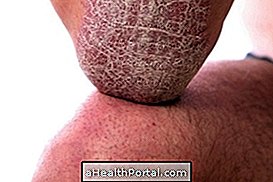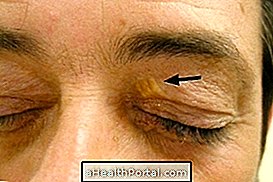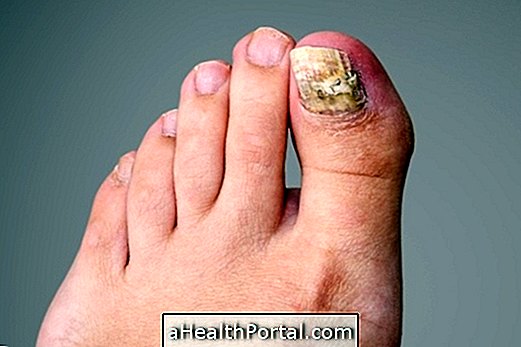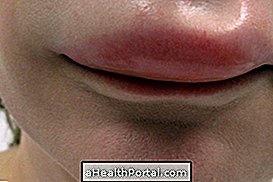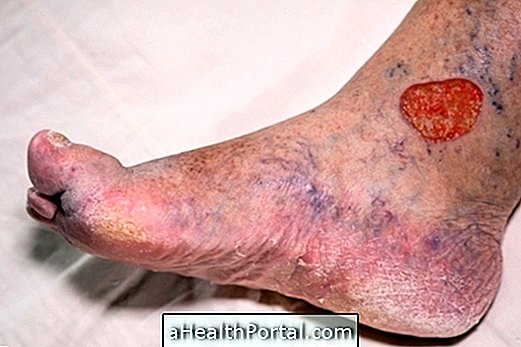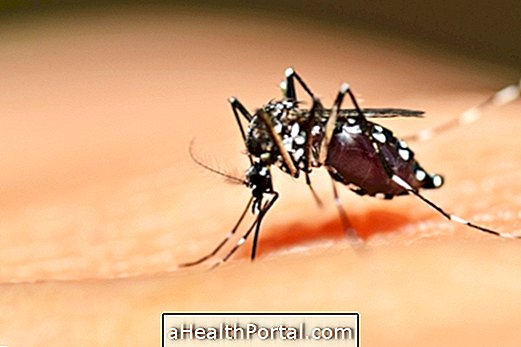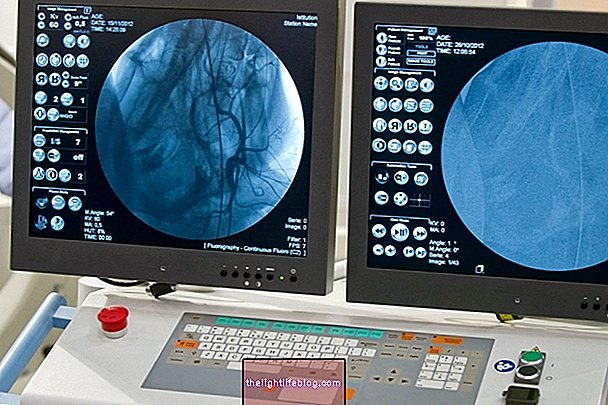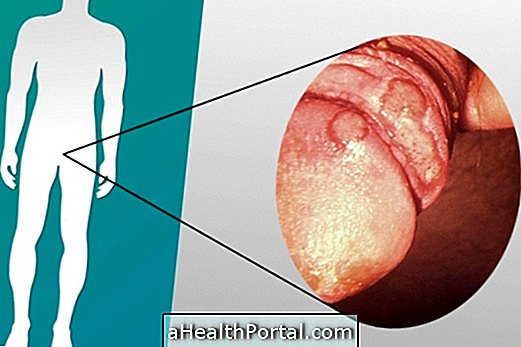Pyrogenic granuloma is a relatively common skin disorder that causes the appearance of a bright red mass between 2 mm and 2 cm in size, rarely reaching up to 5 cm.
Although in some cases pyogenic granuloma may also have a darker coloration with brown or dark blue tones, this skin change is always benign, needing to be treated only when it causes discomfort.
These lesions are most common in the head, neck, chest, hands and fingers. Already in pregnancy, granuloma usually arise in mucous membranes, such as inside the mouth or the eyelids.
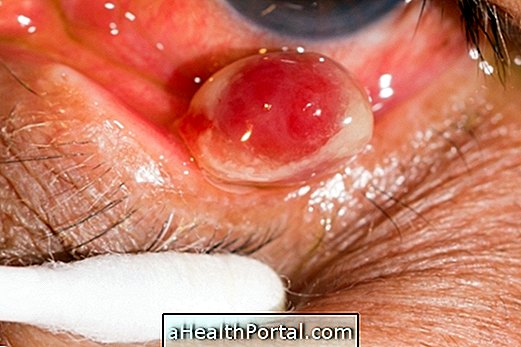
What can cause pyrogenic granuloma
The true causes of pyogenic granuloma are not yet known, however, there are risk factors that seem to be related to the greater chances of having the problem, such as:
- Small skin lesions caused by the bite of a needle or insect;
- Recent infection by the bacterium Staphylococcus aureus;
- Hormonal changes, especially during pregnancy;
In addition, pyogenic granuloma is more common in children or young adults, although they may occur at all ages, especially in pregnant women.
How is the diagnosis made?
The diagnosis is made in most cases by a dermatologist only by the observation of the lesion. However, the doctor may order a biopsy of a piece of the granuloma to confirm that it is not another malignant problem that may be causing similar symptoms.
How is the treatment done?
The pyrogenic granuloma only needs to be treated when it causes discomfort and, in these cases, the most used forms of treatment are:
- Curettage and cauterization : the lesion is scraped with an instrument called a curette and the blood vessel that fed it is burned;
- Laser surgery : removes the injury and burns the base so it does not bleed;
- Cryotherapy : is applied cold in the injury to kill the tissue and make it fall alone;
- Imiquimode ointment : It is especially used in children to eliminate small lesions.
After treatment, pyogenic granuloma may recur, as the blood vessel that fed it is still in the deeper layers of the skin. If this happens, a minor surgery is needed to remove a piece of skin where the lesion is growing in order to remove the entire blood vessel.
Already in pregnancy, the granuloma rarely needs to be treated, as it tends to disappear alone after the end of gestation. That way, the doctor may choose to wait for the end of the pregnancy before deciding to make any treatment.
What are the possible complications
When the treatment is not done the main complication that can arise from the pyogenic granuloma is the appearance of frequent bleeds, especially when the wound is drawn or if it suffers a blow in the place.
So if bleeding happens too often, the doctor may suggest removing the lesion permanently, even if it is very small and not bothering.
